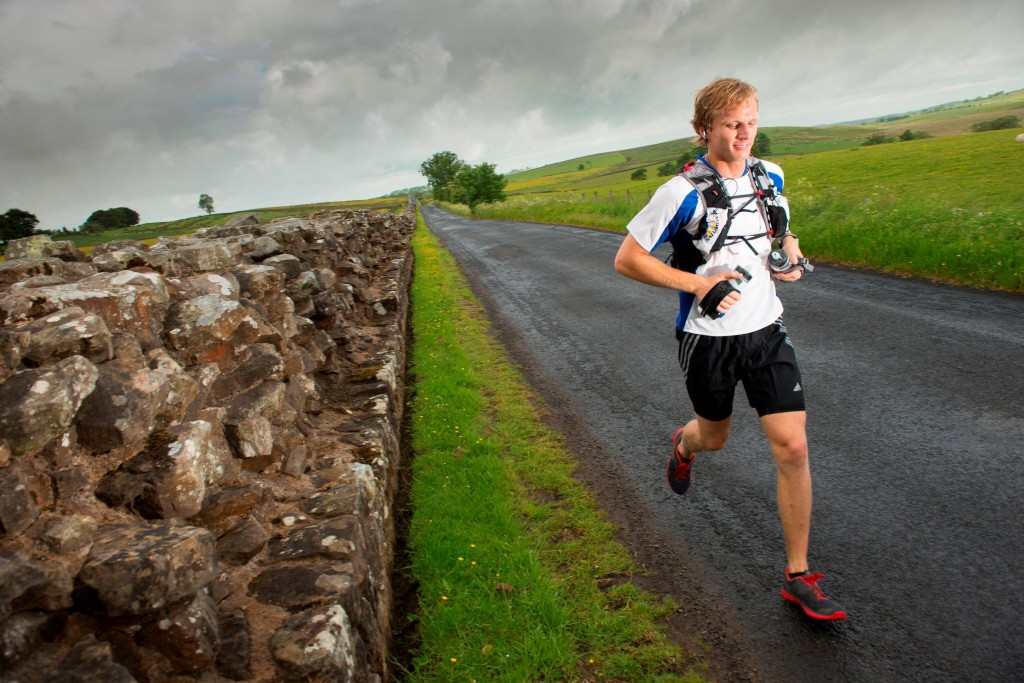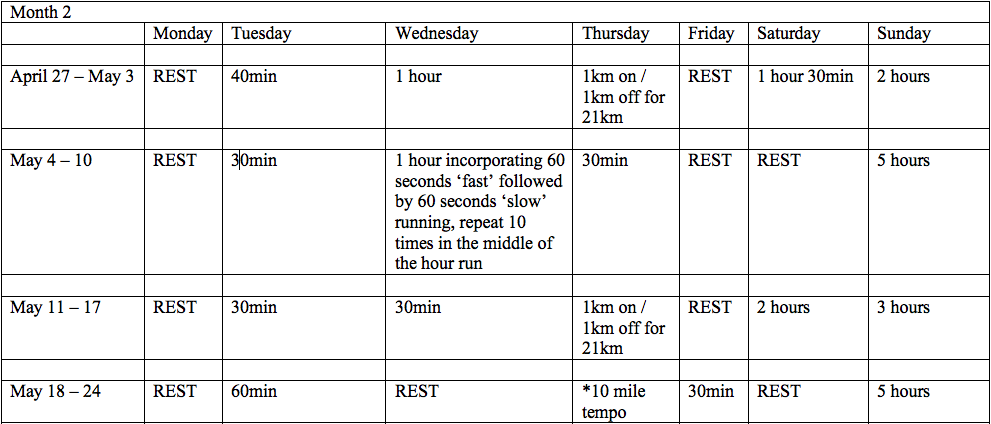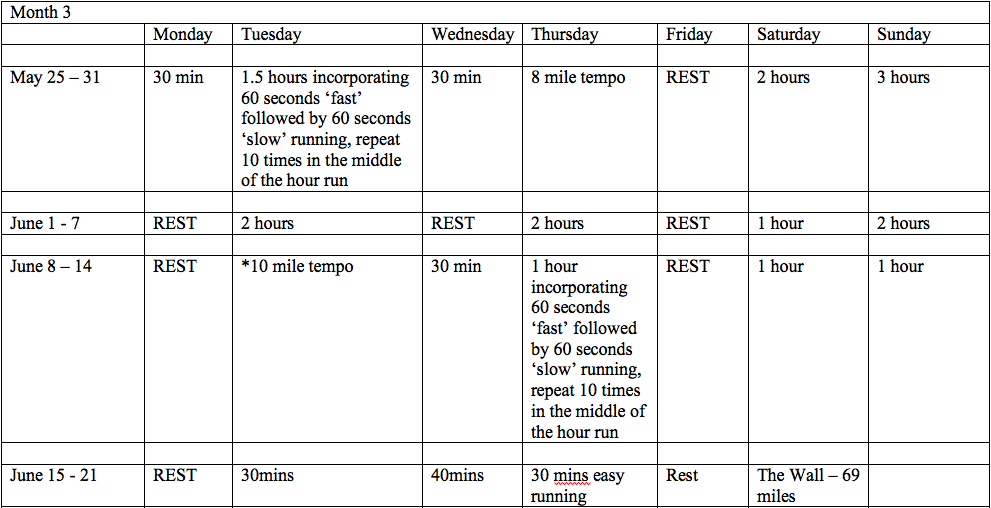Scott Overall is a Team GB Runner and has put the an expert 10 week ultra-marathon training guide.
If you have set your sights on completing an ultra the chances are you already have a marathon (or few) under your belt and if that is the case, then training for an ultra is possible in as little as two – three months.
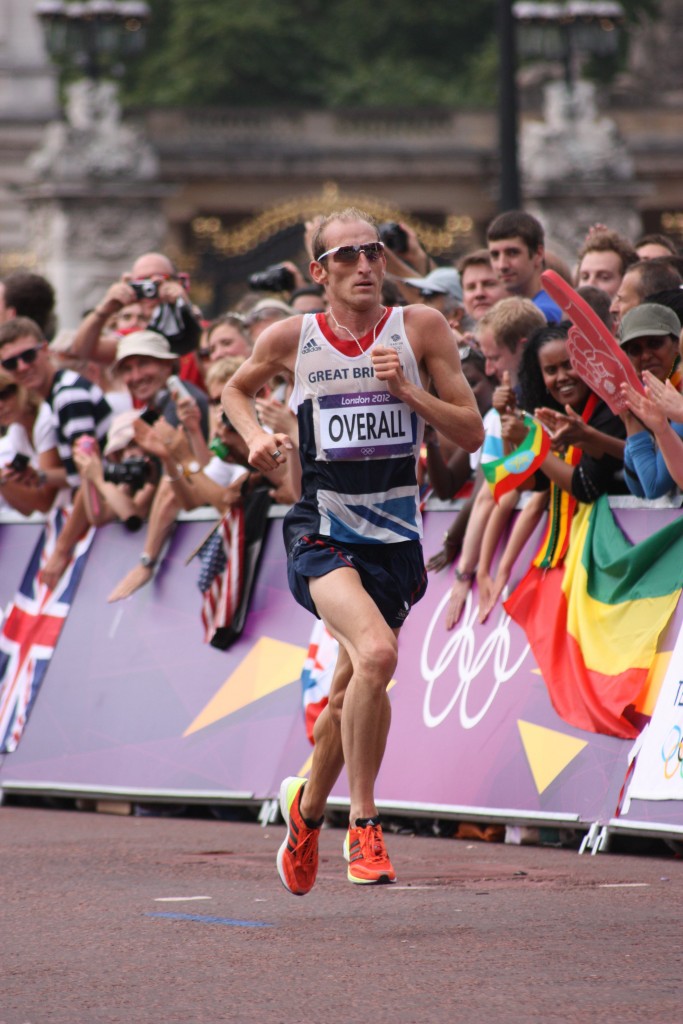
Training for an ultra-marathon or any long distance event (further than a marathon) is unique and unlike anything else that you will have trained for before. There are, therefore, a few things you need to consider before starting the training program outlined below
1) Preparation
A pre-training medical once-over, and sorting out your medical contacts in advance, is certainly a good idea. You might need them in a hurry so it is well worth having them all in place. Make sure you are registered with a GP, find a physio and also a massage therapist. Some physios offer an ‘MOT’ service which allows them to check for any imbalances and weaknesses that might flare up when you are racking up the miles and an experienced physio will be able to identify any underlying problems and treat them before they become a major issue. A regular sports massage will also undoubtedly help you and aid muscle recovery.
As you pick up training niggles, or in the unlikely event that you need urgent medical help, you’ll be glad that you did this preparation in advance.
2) Shoes
Look at your shoe requirements for both training and racing. Don’t wear the same shoes all of the time and don’t just wait to buy a new pair when you desperately need to. Instead, have two or three pairs, including the pair you intend to wear to race in, and wear them on a rotational basis throughout your training. Normally, it is recommended that you change your shoes every 500-600 miles, although of course this depends on the surface you are running on, your body weight, how your foot strikes the floor and what part of the shoe gets worn down.
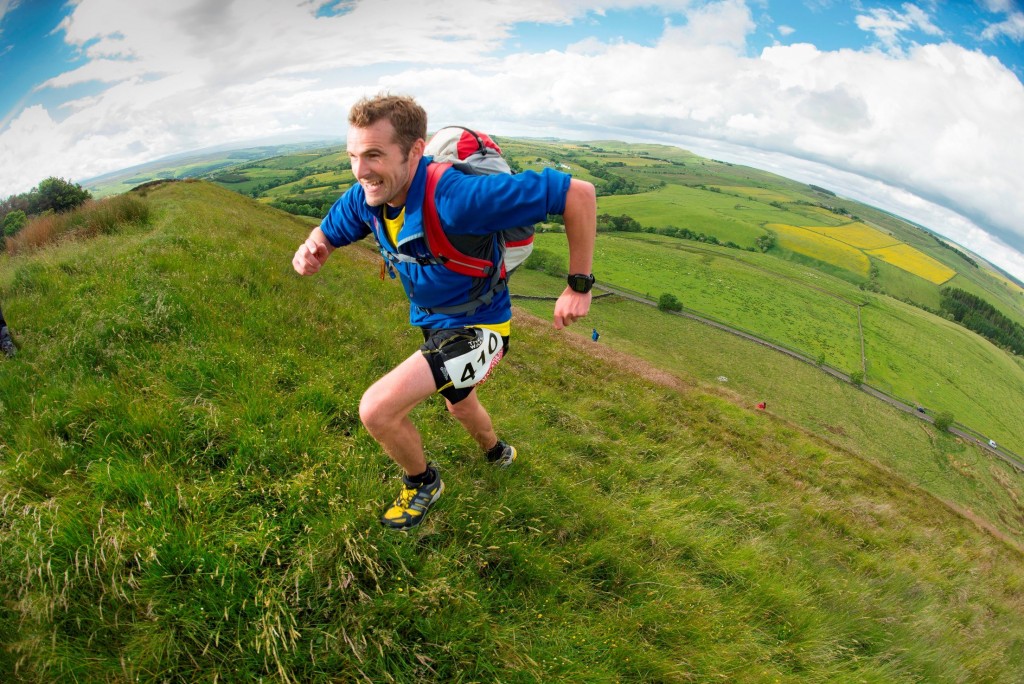 3) Diet
3) Diet
Examine your diet and bodyweight. The longer the race you are aiming to take part in, the more relevant bodyweight becomes. If you are heavier than you really should be, think about losing any excess weight gradually and over an extended period of time. You don’t want to be losing weight rapidly, so shouldn’t be losing any more than 1 lb per week. Reduce ‘wasted’ calories, but replace them with vitamin and mineral rich alternatives. You need to be careful as an ultra marathon is an extreme running event and you need to have sufficient energy to get you round. Be sensible and consult a nutritionist if you are unsure how to fuel your body correctly.
4) Time
Decide how much time you can genuinely allocate to training and make a training plan to reflect this. Equally as important as the running itself, you need to make sure you make time to recover between the long runs. If you know you are going to be busy at work then plan accordingly. See my training guide below, but remember it is just that, a GUIDE, and should only be followed if you have the time to do so.
5) Race
Look for longer races close to home that you can use as part of your preparation. Going out the door and running for hours on end can become hard and the motivation can start to drop. Planning some races in to aid your training can make it easier. However, if using another event as part of your training, be sure to focus on the bigger picture and leave your ego at the start. Remember, this is part of your training for a bigger goal and not the goal in itself. Don’t worry about your finish time, simply use the race as an opportunity to cover a decent distance and to run with other people.
6) Plan
Develop your race day eating/drinking program in advance. You should start taking fluids and foods with you during your training runs and learn what works for you in terms of keeping your body hydrated and fueled on the way around. You should also replicate what you plan to eat and drink the evening before and on the morning of your ultra-marathon on long training runs and tweak if required.
7) Recovery
Remember that you are not going to improve by imposing stress on your body. You need to allow sufficient time for recovery an you will also undoubtedly have to adapt as your training progresses. The more times you can run a long run in training, the better you are going to be when it comes to racing, but you also have to fit it in around your life. You will see, therefore, that in the training guide below, the weekends are set aside for your long run days.
Training plan
*Tempo – This type of running is faster than your usual pace, but isn’t so hard where you couldn’t speak a short sentence. The idea is you should be able to hold the pace for the period of time that you are running for. So for a 10mile tempo this would more or less be your half marathon race pace.
**Fartlek training is a Swedish term that means ‘speed play’ – the idea of the training is to incorporate different paces during a run. This will help turn the legs over quicker than your usual pace. When the training program mentions ‘efforts’ these should be at a pace that you can sustain for that time period but NOT the whole run. An example would be to run your 5km race pace for those efforts.

